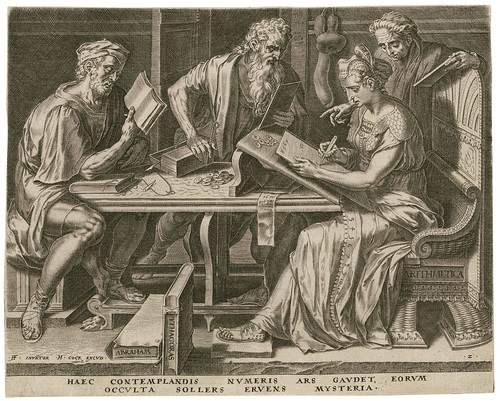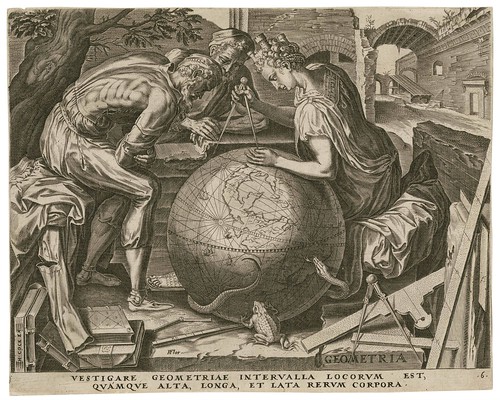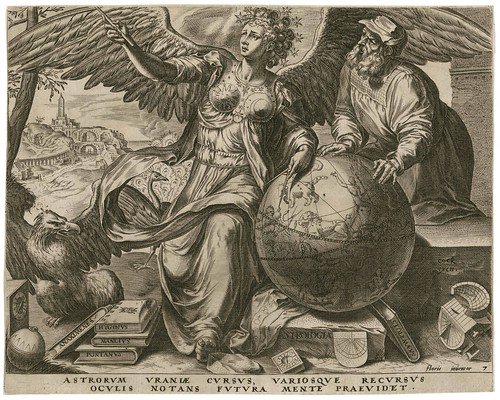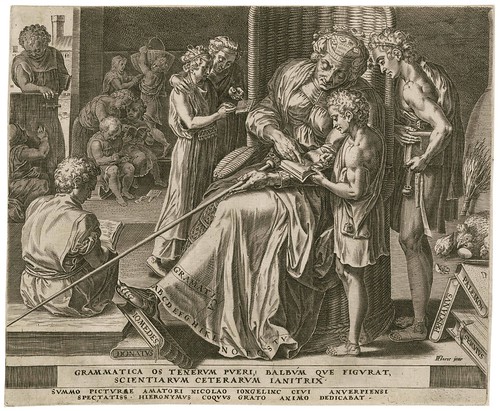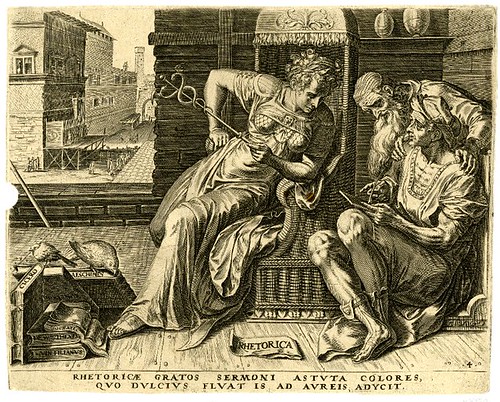 |
| Andromeda and Perseus constellations |
Original title for this 15th Century jewel is “De Figura seu imagine mundi”, issued in 1456 by Luis de Angulo (Spaniard origin), a.k.a. Louis de Langle (died in Lyon) or even Angulo Ludovicus, in Latin. Couldn’t find details about his bio, but looks clear that Ludovico was mainly focused and got rich skills on Astronomy: He studied, commented and translated the Great “Liber de nativitatibus” or Book of Nativities written by the Spanish Abenezra or Abraham Ibn Ezra -1089, Tudela, Kingdom of Navarra-, probably the most distinguished Jewish men of letters and writers of the Middle Ages.
The codex is basically a detailed astronomy and geography treatise, divided into 3 separated parts: World’s creation, different parts of earth –description- and the stars maps. Copies can be found in Spain (Madrid, Biblioteca Nacional), Bibliothèque nationale de France (Paris) and in Saint Gallen (Switzerland), Kantonsbibliothek Vadiana.
 |
| Centaurus constellation |
 |
Zepheus
|
Related external references:
Pousa, Ramon Fernandez, «Una Imago mundi española : Ludouicus de Angulo, De imagine seu figura mundi, Lion, 1456», Revista de Indias, 2, 1941, p. 39-65
Hustache, Étienne, « Le monde vu de Lyon en 1456: la cosmographie de Louis de Langle », Lyon, cité de savants, 112e congrès national des sociétés savantes, Lyon, 1987, Paris, Éditions du CTHS, 1988, p. 9-16. Link to google books here.
Referenced on article "Imágenes de los decanos en el Liber astrologiae de Fendulus (París, Bibliothèque Nationale, ms. Lat. 7330)" from Documentation Legal Deposit, University of Barcelona. Complete article here. Reference extracted: "The ilustrations of Fendulus Liber astrologiae lived on into the Late Middle Ages. Apart from studying the iconographic filiation among other copies of the work itsefl, the author of this papers tries to demonstrate tha one of thes manuscripts should have been the iconographic source for the decanic images in Louis of Angle Liber de figura seu imagine mundi (c. 1450). The article concludes with a bibliographical essay on the iconography of the Dekanesternbilder".
